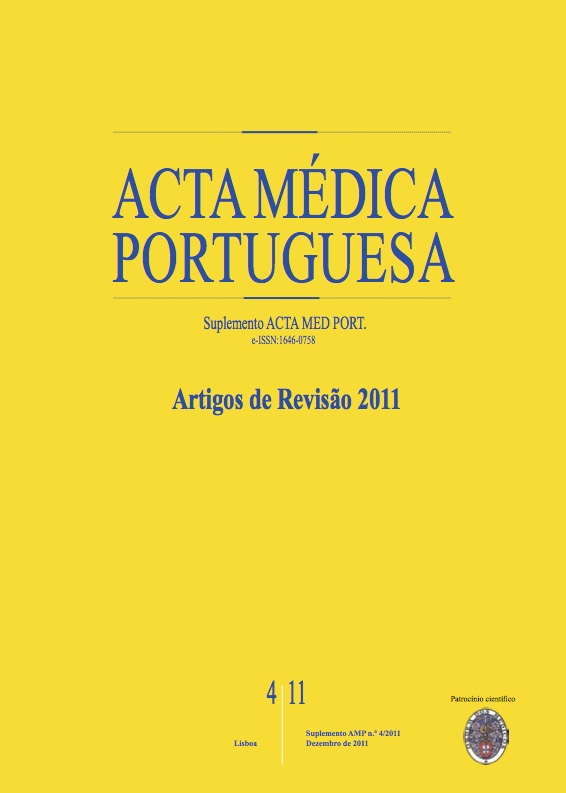The dentist's role in the child abuse: diagnosis and report.
DOI:
https://doi.org/10.20344/amp.1574Abstract
Child Abuse is a frequent problem worldwide that surpasses ethnicity, religion, culture, economic and social classes. In the United States of America child protective services account, per year, over one million cases of child abuse or neglect. In Portugal, the incidence of the problem is unknown but each year thousands of abused children are accompanied by the Commissions for the Protection of Children and Youth at Risk. This abuse threatens children's physical, emotional and intellectual development, as well as their dignity, security, well-being and even their own lives. The body regions most frequently affected in physical abuse, are the cranium, neck and orofacial region, in fact, about 50% of the injuries arising from child abuse occur in the orofacial region. These data place the dentist in a privileged position to make the detection, diagnosis and report of child abuse. Therefore, these professionals must be prepared to recognize, diagnose and report their suspicions to the appropriate authorities, which play a key role in victims protection and criminal investigation. This review intends to stress the important role of the dentist in the detection, diagnosis and report of child abuse, systematizing child abuse risk factors and indicators essential to the intervention of these professionals. This problem's approach is multidisciplinary, involving particularly dentists, who must obtain continuing education and training in this area.Downloads
Downloads
How to Cite
Issue
Section
License
All the articles published in the AMP are open access and comply with the requirements of funding agencies or academic institutions. The AMP is governed by the terms of the Creative Commons ‘Attribution – Non-Commercial Use - (CC-BY-NC)’ license, regarding the use by third parties.
It is the author’s responsibility to obtain approval for the reproduction of figures, tables, etc. from other publications.
Upon acceptance of an article for publication, the authors will be asked to complete the ICMJE “Copyright Liability and Copyright Sharing Statement “(http://www.actamedicaportuguesa.com/info/AMP-NormasPublicacao.pdf) and the “Declaration of Potential Conflicts of Interest” (http:// www.icmje.org/conflicts-of-interest). An e-mail will be sent to the corresponding author to acknowledge receipt of the manuscript.
After publication, the authors are authorised to make their articles available in repositories of their institutions of origin, as long as they always mention where they were published and according to the Creative Commons license.









